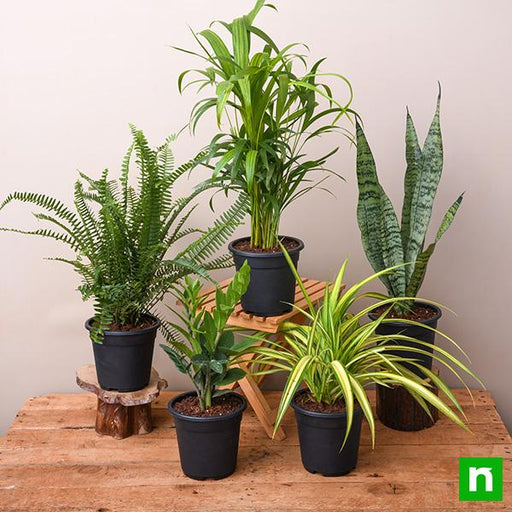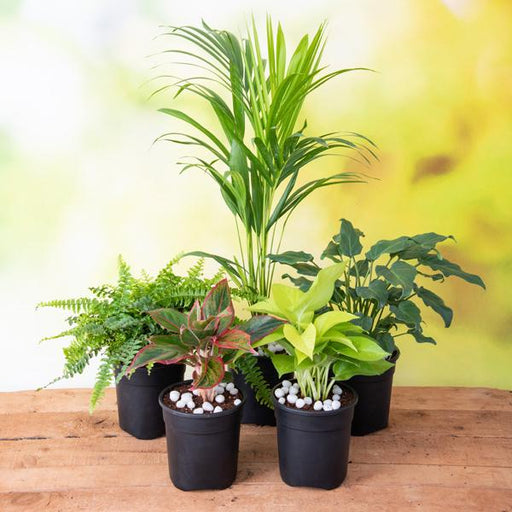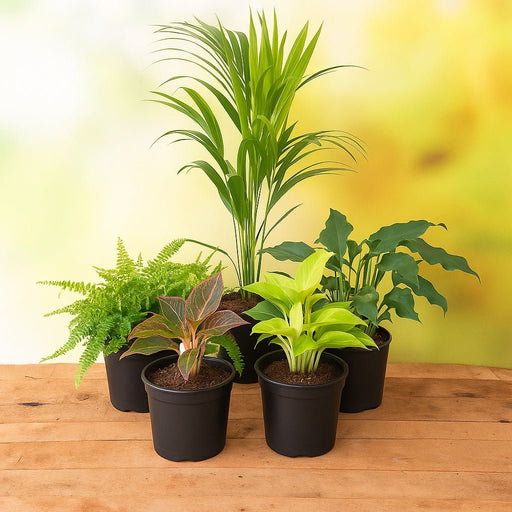Annuals
Annuals are a type of garden plant that complete their life cycle in one growing season, producing colorful blooms throughout the summer.
Perennials
Perennials are a type of garden plant that live for multiple growing seasons, often producing colorful blooms year after year.
Shrubs
Shrubs are a type of garden plant that can range in size from small bushes to large trees, producing foliage, blooms, or both.
Trees
Trees are a type of garden plant that can provide shade, beauty, and environmental benefits, such as improved air quality.
Herbs
Herbs are a type of garden plant that can provide flavor, fragrance, and medicinal benefits, often grown in herb gardens or mixed with other garden plants.
Vegetables
Vegetables are a type of garden plant that can provide nutritious and delicious food for homegrown meals, often grown in vegetable gardens.
Fruits
Fruits are a type of garden plant that can provide sweet and juicy treats, often grown in fruit trees or bushes.
Climbers
Climbers are a type of garden plant that can climb or trail, providing vertical interest and often producing colorful blooms.
Groundcovers
Groundcovers are a type of garden plant that can spread across the ground, providing low-maintenance coverage and often producing colorful blooms.
Grasses
Grasses are a type of garden plant that can provide texture, movement, and ornamental interest, often grown in ornamental grass gardens.
Succulents
Succulents are a type of garden plant that can store water in their leaves, providing low-maintenance and often unique and striking foliage.
Roses
Roses are a type of garden plant that can provide beautiful and fragrant blooms, often grown in rose gardens or mixed with other garden plants.
Bulbs
Bulbs are a type of garden plant that can produce colorful blooms, often planted in the fall and providing spring or summer interest.
Ferns
Ferns are a type of garden plant that can provide lush and textural foliage, often grown in shaded or moist areas of the garden.
Vines
Vines are a type of garden plant that can provide vertical interest and often produce colorful blooms or foliage.
Aquatic plants
Aquatic plants are a type of garden plant that can grow in or near water, providing ornamental interest and often improving water quality.
Ground orchids
Ground orchids are a type of garden plant that can produce striking and unique blooms, often grown in shady or moist areas of the garden.
Bamboos
Bamboos are a type of garden plant that can provide height, texture, and ornamental interest, often grown in Asian-inspired or contemporary gardens.
Cacti
Cacti are a type of garden plant that can provide striking and sculptural interest, often grown in dry or desert-inspired gardens.
Conifers
Conifers are a type of garden plant that can provide year-round interest and often provide evergreen foliage or colorful cones.

























































